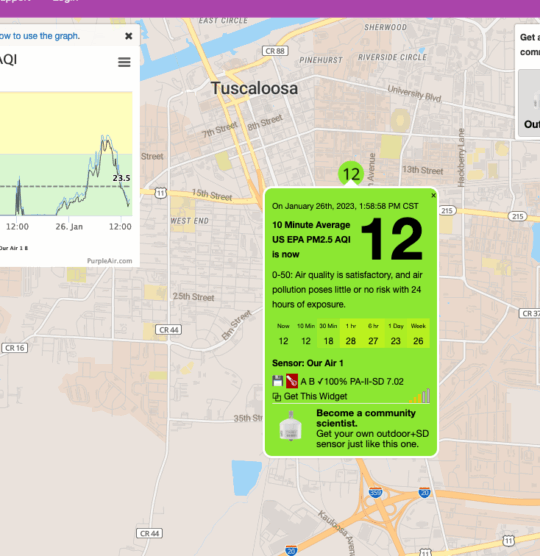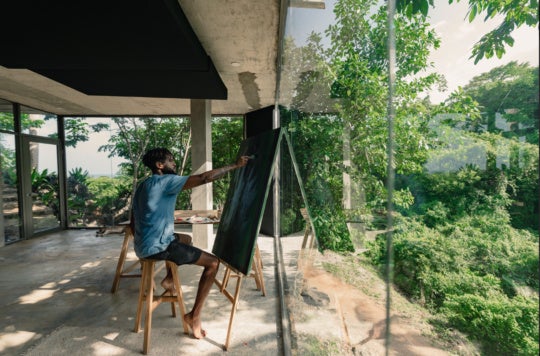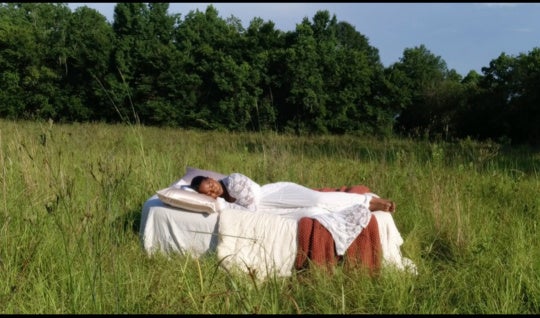
Dear Atlanta,
In September, before my exhibition opening at Sandler Hudson, I held three artist-to-artist workshops for the purpose of reconnecting with Atlanta’s arts community by engaging in dialogue on each participant’s practice, and rethinking what it means to have an exhibition. I met with eighteen artists one on one and nine artists over dinner. These events were generously hosted by Flux Projects, MOCA GA and Sandler Hudson.

I’m now back in Sydney and have had a few weeks and long plane rides to reflect on the events. I saw a wide range of artists at different stages of their careers, from emerging artists still enrolled in art school to university lecturers. The most exciting discussions for me came from artists who were clearly risking something in their work, artists who were really trying to get to the bottom of something real and true about the way they see the world that is unique to them. These were people who were not holding back or making cold, circular art about art.
Through our discussions, one artist realized her need for more of a community to keep afloat in her practice. Following her on Instagram that night, I saw she posted about looking for an art buddy to attend an opening with. Immediate action! I spoke with an artist about starting a critique group among friends. Another artist felt as though she was the quiet little sister among a group of dynamites in her MFA program. But to me, one of her works was so intensely powerful it made my eyes well-up just from an image. I assured her she is no lightweight and nobody should keep baby in the corner. Yet another artist and I realized we were talking about similar concepts in drawing arriving at the same ideas through very different sources, she from Russian Constructivists from the 1930s, and me from the English contemporary artist Paul Noble. Each teaching the other something new.
For some, these sessions turned into pep talks we all need to hear from time to time (myself included) and concerned experimentation, the importance of play, and giving yourself permission. It’s scary, but when you keep walking headfirst into what you’re afraid of confronting in yourself and in your studio—that’s where the magic is. That’s where the growth and learning is.

I also noticed a few artists were more interested in talking about career opportunities than their work. Some were quite frustrated with the lack of opportunities in Atlanta. Fair enough. It is frustrating to work hard at something that sits in your studio unseen. For them (and for all of us a different times) perhaps these words of wisdom from Quentin Tarantino are apt: “If you’re an artist as opposed to a careerist, if your movie is more important to you than a career in this town they can never beat you. You have a loaded gun….”
It was a great experience to think through how to stay connected to a community through one-on-one dialogue around an exhibition rather than just flying in, showing work and leaving. I hope the time we spent together and the conversations we shared can ripple outward into the community, bringing tidings of confidence, permission and trust in one’s gut. I’ve been overwhelmed with the positive response to this initiative and it’s something I plan to repeat during subsequent exhibitions. I’m proud to have been given the opportunity to connect and contribute in my own little way.
Until next time, Atlanta.
Love,
Amber
Read our review of Amber’s show here.
Amber Boardman Reflects on Her Artist-to-Artist Workshops
Related Stories
Interviews
Call For Artists
Reviews
In Conversation with Holland Hopson
Noah Reyes speaks with Alabama-based artist and musician Holland Hopson on working with variation and multiples, the visual collection of databases, and how the world is quantified.
Call for Artists: October 2025
Our monthly round up of opportunities includes the PhotoWork Junior Fellowship, a semester-long residency program in Little Rock, and an artist residency in the Dominican Republic.
Maaliyah Symoné: Ritual Rest at The Front, New Orleans
Quinn Foster reviews the revolutionary healing found in Ritual Rest, an exhibition and performance ritual by Maaliyah Symoné at The Front, New Orleans.




